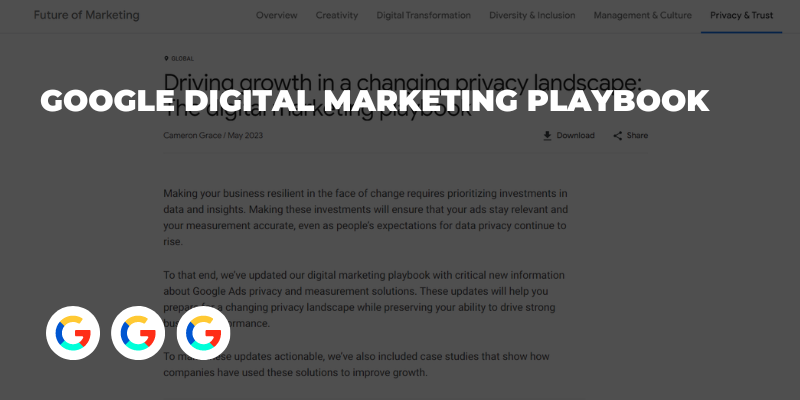In recent news, Google has introduced a new feature called AutoArchive, which enables users to save up to 60 percent of storage space on their Google Drive account by automatically moving old and unused files to an archive folder. The feature is particularly useful for users who have a lot of files that they want to keep but don’t access frequently, as it helps free up storage space on their primary Google Drive account without having to delete files.
According to a report by TechCrunch, Google has indicated that it would not be erasing the data moved to the archive folder, and users can still access it through the cloud symbol on the app in their device. The AutoArchive feature allows users to set the frequency at which files are moved to the archive folder and choose which types of files are moved. Users can exclude certain types of files from being moved, such as important files or frequently used files.
Cloud storage has become an indispensable part of our daily lives. It allows us to store and access our files from anywhere in the world, as long as we have an internet connection. However, as we accumulate more and more files, we often run out of storage space, and we are forced to either purchase additional storage or delete old files. To address this issue, Google has recently introduced a new feature called “AutoArchive” that can help users get more free storage space on their Google Drive account. In this blog post, we will discuss what AutoArchive is, how it works, and how to use it to get more free storage space on your Google Drive account.
What is AutoArchive?
AutoArchive is a new feature introduced by Google that enables users to automatically move old and unused files to the archive folder. The archive folder is a separate folder from the primary Google Drive account, and it is used to store files that are not actively being used. When a file is moved to the archive folder, it is still accessible by the user, but it does not count against their storage limit.
One of the main benefits of AutoArchive is that it can help users get more free storage space on their Google Drive account without having to delete files. This is particularly useful for users who have a lot of old files that they want to keep, but that they don’t need to access on a regular basis.
How does AutoArchive work?
AutoArchive works by automatically moving files that have not been used in a while to the archive folder. Users can set the frequency at which files are moved to the archive folder, and they can also choose which types of files are moved. For example, a user can set AutoArchive to move all files that have not been accessed in the last six months to the archive folder. The user can also choose to exclude certain types of files from being moved to the archive folder, such as files that are frequently used or important files that they want to keep in their primary Google Drive account.
Another benefit of AutoArchive is that it is a set-it-and-forget-it feature. Once the user has set up AutoArchive, it will continue to work in the background, automatically moving files to the archive folder as needed. This means that the user doesn’t have to spend time manually moving files to the archive folder or worrying about running out of storage space.
How to check which application is unused?
There are several ways to check which applications are unused on your device. Here are a few methods:
- Check App Usage Stats: Most devices have an option to view app usage stats. On Android, you can go to Settings > Apps & notifications > See all apps > App usage. On iOS, you can go to Settings > Screen Time > See All Activity > Pick a device > Show Categories > Select an app. This will show you which apps you have used recently and which ones you haven’t.
- Check Last Used Date: On both Android and iOS, you can also view the last time an app was used. On Android, go to Settings > Apps & notifications > See all apps > Select an app > App info > Last used. On iOS, go to Settings > General > iPhone Storage > Select an app > Last Used.
- Check App Folder: If you have grouped apps into folders on your device, you can quickly see which folders have been untouched for a while. This can be a good indicator of which apps are unused.
- Uninstall Unused Apps: If you find an app that you haven’t used in a while, you can consider uninstalling it to free up space on your device. On Android, you can go to Settings > Apps & notifications > See all apps > Select an app > Uninstall. On iOS, long-press the app icon and select “Delete App.”
Overall, these methods can help you identify which apps are unused on your device, and allow you to take appropriate actions to free up space and improve performance.
Conclusion:
In conclusion, AutoArchive is an excellent feature for Google Drive users who are running out of storage space. It allows users to automatically move old and unused files to the archive folder, freeing up valuable storage space on their primary Google Drive account. With the ability to set the frequency and file types for AutoArchive, users can customize the feature to meet their specific needs. And since AutoArchive is a set-it-and-forget-it feature, users can save time and focus on more important tasks while Google takes care of moving their old files to the archive folder. So if you’re a Google Drive user who’s running out of storage space, consider giving AutoArchive a try to see how it can help you get more free storage space on your account.














